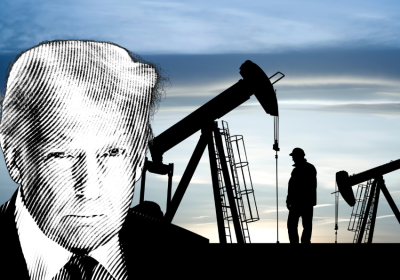
Donald Trump’s return to the White House has led to a decline in “greenwashing” strategies and a renewed focus on climate denial, along with a brazen intransigence in the face of an escalating climate catastrophe, argues John Clarke.

Donald Trump’s return to the White House has led to a decline in “greenwashing” strategies and a renewed focus on climate denial, along with a brazen intransigence in the face of an escalating climate catastrophe, argues John Clarke.
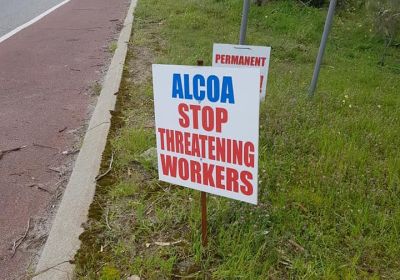
Workers at Alcoa’s aluminium refineries and bauxite mines in Western Australia have voted down a new agreement offered to them after a 52-day strike.

BP finally announced in late December it had withdrawn its two environmental plans for exploration drilling two months after announcing it would ditch the controversial project.
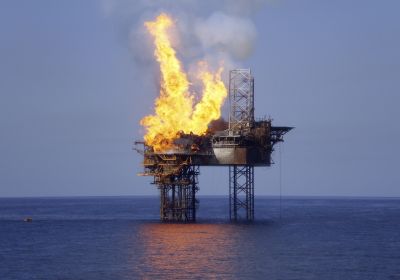
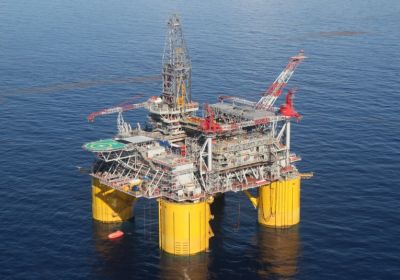
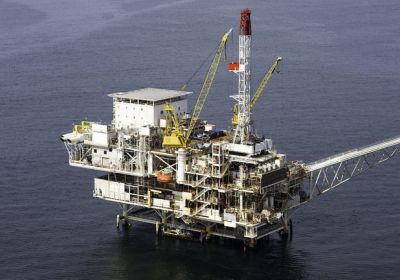

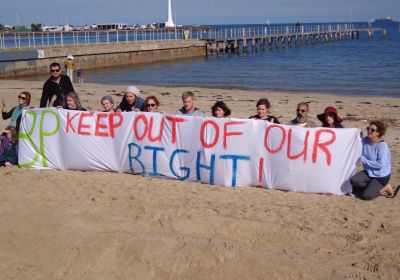
About 100 people rallied at Glenelg in Adelaide to protest against plans by oil company British Petroleum to explore for oil in the Great Australian Bight.
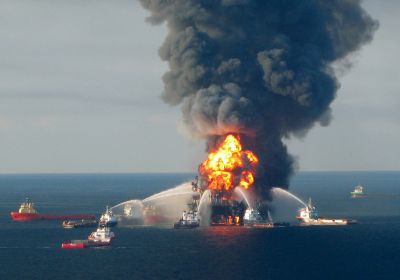
The fifth anniversary of BP's Macondo well explosion was marked on April 20. The explosion killed 11 rig workers and sent millions of barrels of oil gushing into the Gulf of Mexico, making it the worst offshore oil spill in US history.